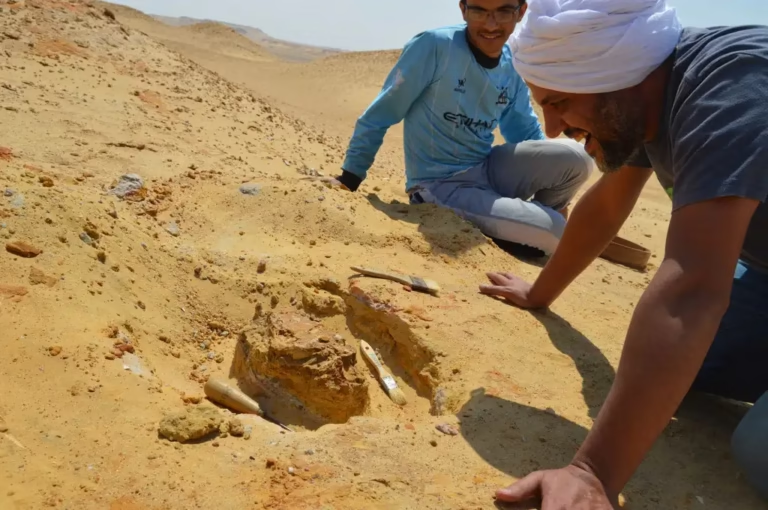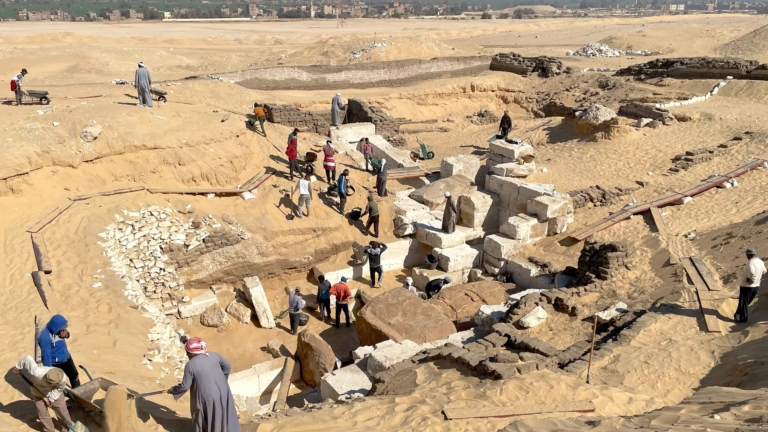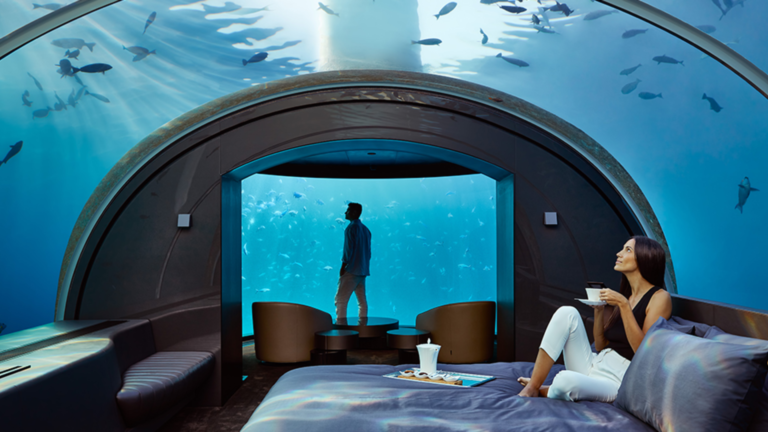Will NASA’s Next Starliner Launch Lead to More Astronauts Stranded in Space?

NASA has recently revealed its next steps for its Starliner spacecraft, despite its recent malfunction that left astronauts Sunita “Suni” Williams and Barry “Butch” Wilmore stranded in space for over nine months. The mission was meant to be a short eight-day trip to the International Space Station (ISS) but turned into a prolonged ordeal due to technical failures with the spacecraft.
The Malfunction That Stranded Astronauts
In June 2022, Williams and Wilmore were launched into space aboard Starliner for a mission to the ISS. However, things went awry when five of the spacecraft’s thrusters failed, and there were helium leaks in the system used to pressurize these thrusters. These issues caused delays in their return, and the astronauts ended up staying in space for far longer than intended.

NASA had to address these technical failures and work on contingency plans, prompting the crew’s eventual move to SpaceX’s Crew-9 mission. The agency emphasized that the spacecraft’s malfunction failed to meet the safety and performance standards required for human spaceflight, resulting in the unexpected delay.
NASA’s Next Steps for Starliner
Despite the failure, NASA is pushing forward with plans to revisit the Starliner program. In a recent press conference, Steve Stich, the manager of NASA’s Commercial Crew Program, provided updates on their efforts to get Starliner back in operation. According to Stich, the team is closely evaluating the spacecraft, specifically focusing on the helium system and making changes to improve the thrusters. He emphasized that these modifications, including testing candidate seals and adjusting the thruster’s heating process, are essential for ensuring safe human spaceflight.
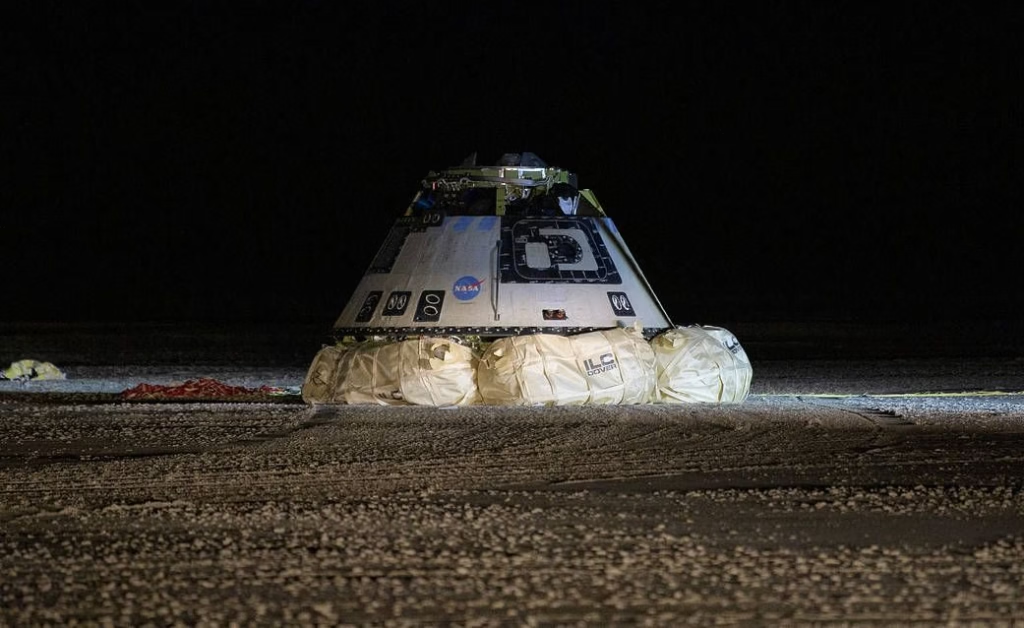
Stich confirmed that NASA plans to conduct an uncrewed test flight before moving forward with a crewed mission. He pointed out that it is critical to prepare Starliner for future use as part of NASA’s broader goal of having multiple crew transportation systems for low Earth orbit missions.
The Need for Redundancy in Space Travel
The prolonged stay of Williams and Wilmore aboard the ISS highlighted the importance of redundancy in human spaceflight systems. According to Stich, NASA is striving to ensure that both Starliner and SpaceX’s Dragon spacecraft are fully operational, providing backup options in case of unexpected issues. This redundancy will be vital for the long-term success of the low Earth orbit economy.
Concerns About Starliner’s Reliability
While NASA remains optimistic about the future of Starliner, not everyone shares the same confidence. Experts, including US Air Force veteran Rudy Ridolfi, have expressed concerns about the spacecraft’s reliability. Ridolfi emphasized the importance of not being in a position where NASA is forced to make difficult decisions regarding the safe return of astronauts.
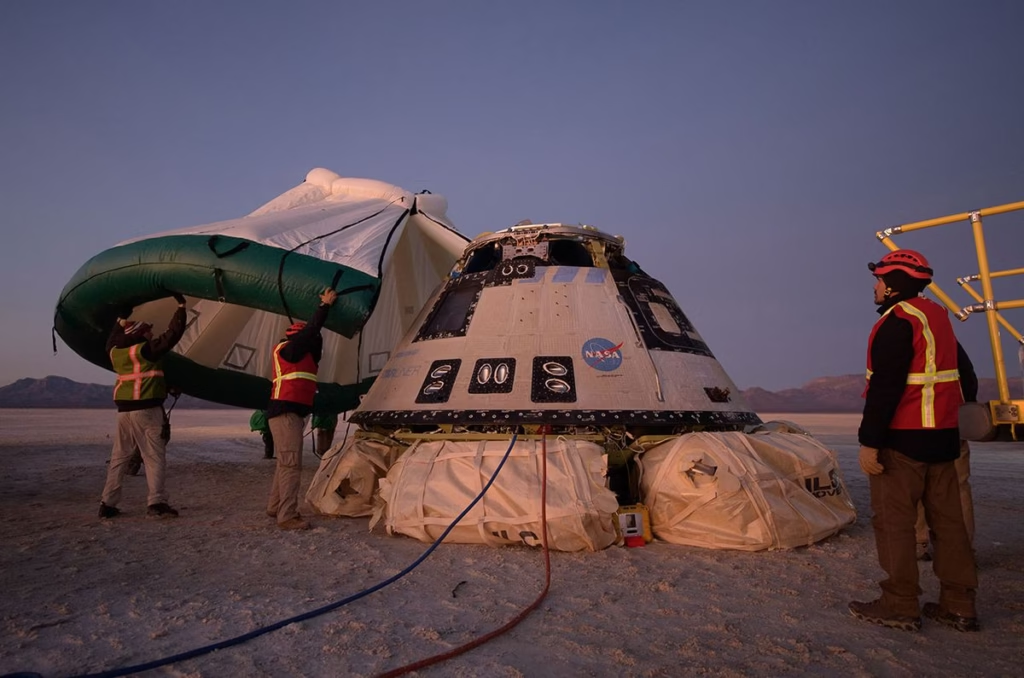
As NASA continues to prepare Starliner for future missions, the agency is focused on addressing the technical issues that led to the delay. While challenges remain, the Starliner program is a key part of NASA’s strategy for building a more robust and reliable human spaceflight system. Only time will tell if these efforts will ultimately ensure the spacecraft’s success in future crewed missions.

